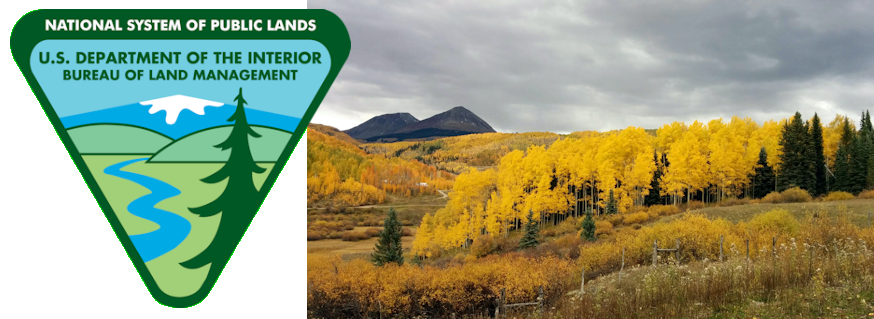
Objectives
Aspen (Populus tremuloides) were historically the most widespread tree across North America. Current research indicates that many of the historic aspen stands across the western United States have experienced dramatic population declines
in recent history. The reasons for this decline are numerous and perhaps not fully understood as it involves changing wildfire frequency, interspecies competition (i.e., conifer and juniper encroachment), changing climate, and the complex interactions
between each of these driver variables. To better understand the extent of this decline and the current distribution of the remaining population, aspen groves will be mapped across BLM managed lands in eastern Idaho at five-year intervals between
2000 and 2023 using Landsat satellite imagery. The trend of change in aspen location and extent will be analyzed in relation to potential driver variables along with additional driver variables identified during the study.
The purpose of this research is to better understand changes in aspen populations, identify the cause of these changes, and communicate the findings of this study to BLM managers to support well informed decision processes.